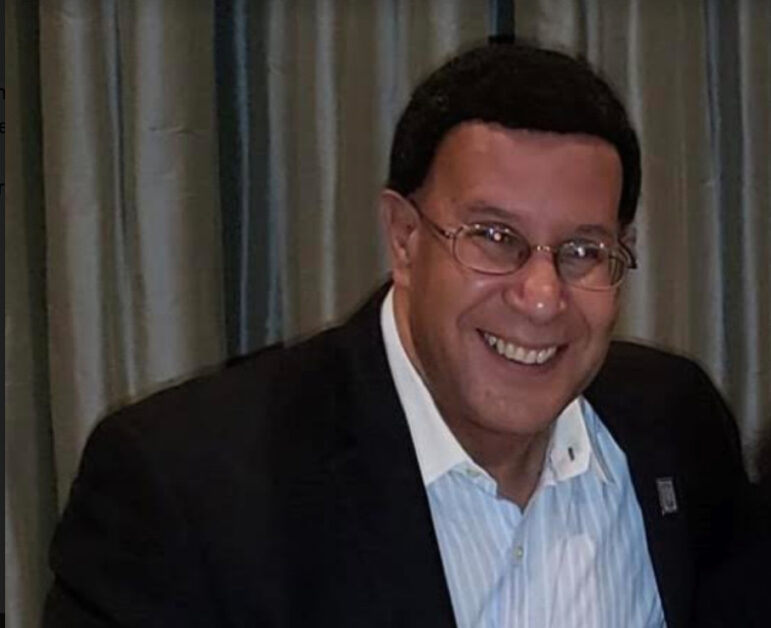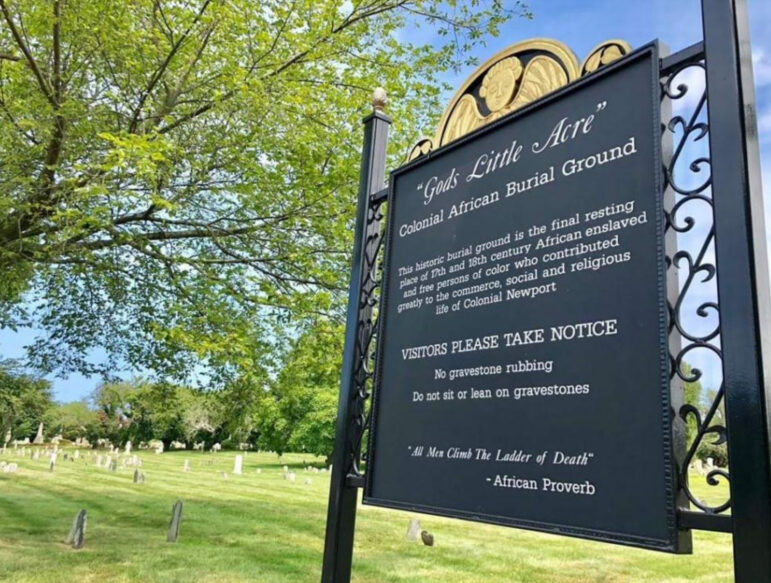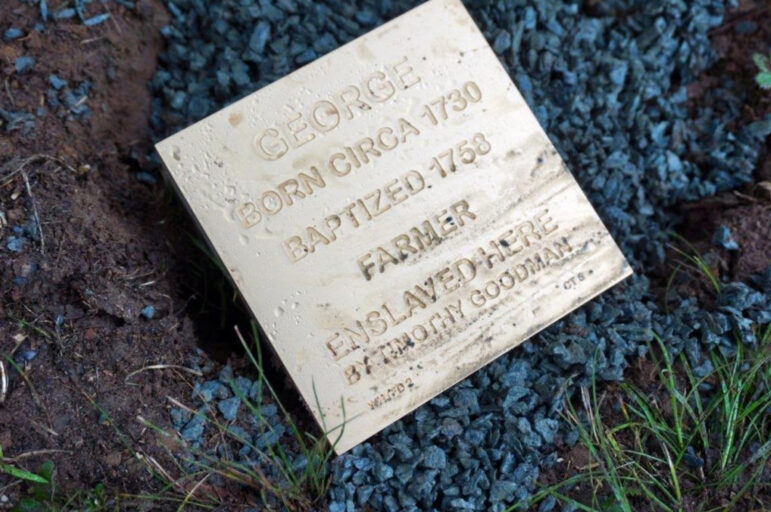To shine a light on the history, humanity and contributions of enslaved individuals who resided in Greenwich as early as the 1600s, Greenwich Historical Society is partnering with the Witness Stones Project.

Founded in 2019, the Witness Stone initiative seeks to teach school-age children about enslaved persons using primary sources like deeds, wills, and letters. The program culminates in the installation of a marker in the vicinity of where the person lived or worked. Greenwich is the fourth Connecticut town following Guilford, Madison, and West Hartford to place memorials with the Witness Stones Project.
To date 15 people have been identified as having been enslaved on the site of the Historical Society’s Cos Cob campus.
With the support of Historical Society Archives, Greenwich Academy and Sacred Heart Greenwich students are conducting the research on the individuals who will be recognized with an engraved stone that will be placed on the grounds of the Historical Society.

The first four Patience, Cull, Candice, and Hester will be honored at a special Witness Stones Placement Ceremony and reception on May 27.
Town government and civic leaders, clergy, students, parents, and the public at large will be invited to participate.
The other enslaved individuals uncovered in the program will be remembered with receptions in subsequent years.
“The initiative aligns perfectly with the Historical Society’s mission of preserving and interpreting Greenwich’s history and strengthening the community’s connection to the past, each other and to the future,” said Historical Society executive director and CEO Debra Mecky. “It is also a natural extension of research we’ve conducted for 20 years on the African American experience in our community, as well as several our inquiry-based educational programs which enable students to sharpen their critical thinking skills.”

Leading up to the May 27 placement ceremony the Historical Society will host two Zoom workshops sponsored by Witness Stones Project, and generously supported by CT Humanities, that will uncover fascinating stories of the enslaved who were essential to early American life in New England.
• March 16 – God’s Little Acre: Clues to the African Heritage in Newport, Rhode Island
Keith Stokes, a descendant of a family buried at God’s Little Acre, the oldest and largest existing African heritage burying ground in America dating to 1705, will lead a discussion on how African and African American history can be reclaimed and interpreted for today using Newport’s rich cultural tapestry as an example. Mr. Stokes is VP of the 1696 Heritage Group, a consulting firm dedicated to helping persons and institutions of color to increase their knowledge of their African American roots. For more information and to register click here.
• April 20 – Hangroot: The Early Native and African Presence in Greenwich, CT
Genealogy and cultural anthropology specialist Teresa Vega will present the rise and decline of Hangroot, a Greenwich community of Native and African Americans that preceded the 1640 founding of the town, and her extended family’s fight to save their “Colored Cemetery” in what is now Byram.
Ms. Vega was featured in a February 28 New York Times article on a young man’s search to discover his ancestry which led him to the once vibrant Hangroot community. She has a degree in Anthropology from Bowdoin College and worked as an adjunct professor in Cultural Anthropology. She is a member of the NJ and NY Chapters of the Afro-American Historical and Genealogical Society and a BlackProGenLIVE panelist. For more information and to register click here.
“It is a privilege to have Greenwich Historical Society join a growing number of cultural organizations interested in restoring the dignity of vital members of our society whose contributions in building New England have been erased from history,” says Witness Stones co-founder Dennis Culliton. “We look forward to supporting their efforts and those of Greenwich Academy and Sacred Heart Greenwich students who will be uncovering and restoring the enslaved individuals’ histories.”
About Witness Stones Project
The mission of the Witness Stones Project is through research, education, and civic engagement we aim to restore the history and honor the humanity and contributions of enslaved individuals who helped build our communities. The project started in 2017 when Doug Nygren, after hearing Dennis Culliton speak about the enslaved in Guilford, CT, shared with him the memorialization of Jews in Berlin and Central Europe through the Stolpersteine Project. There, the “Stumbling Stones” are installed in front of places where Jewish families lived freely before they were kidnapped and murdered during the Holocaust. With that inspiration, Dennis created the Witness Stones Project he now leads as the Executive Director.
In less than four years, 11 schools, and over 2,000 students have engaged in the Witness Stones curriculum, learning about the history of slavery in the North. They use the Five Themes of Slavery as a lens to analyze and extract biographical information about the African and African Americans who were so much a part of colonial Connecticut. From Hester Mead in Greenwich, to Tamar Loomis in Suffield, to James Mars in Norfolk, to Pink in New Haven, and to Moses in Guilford, our students are adding back the colors to the fabric of our history.